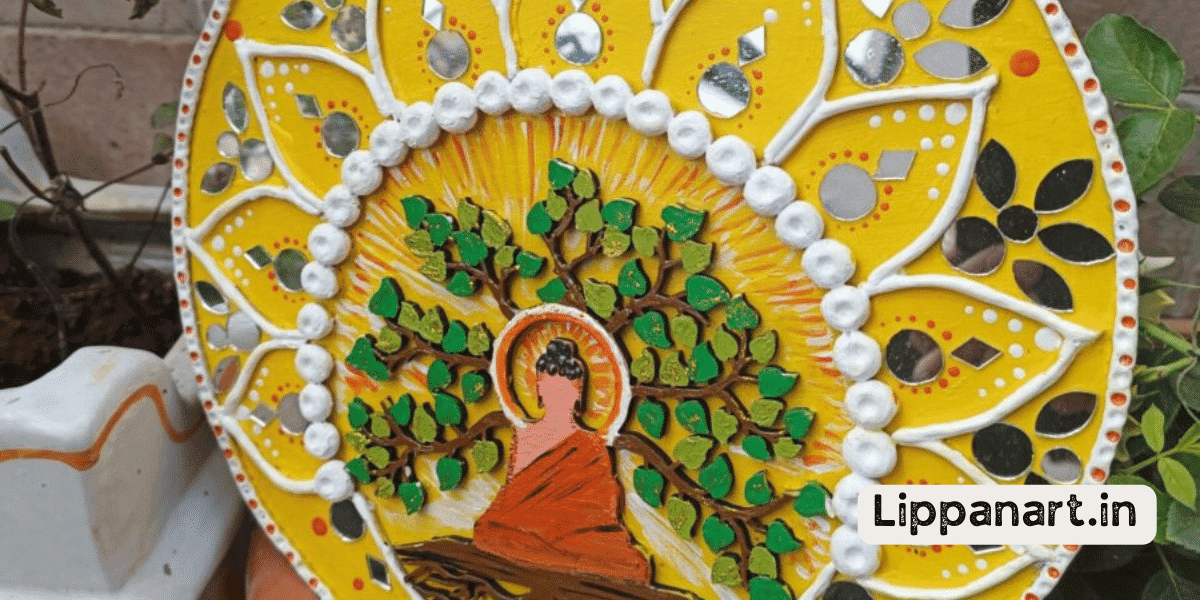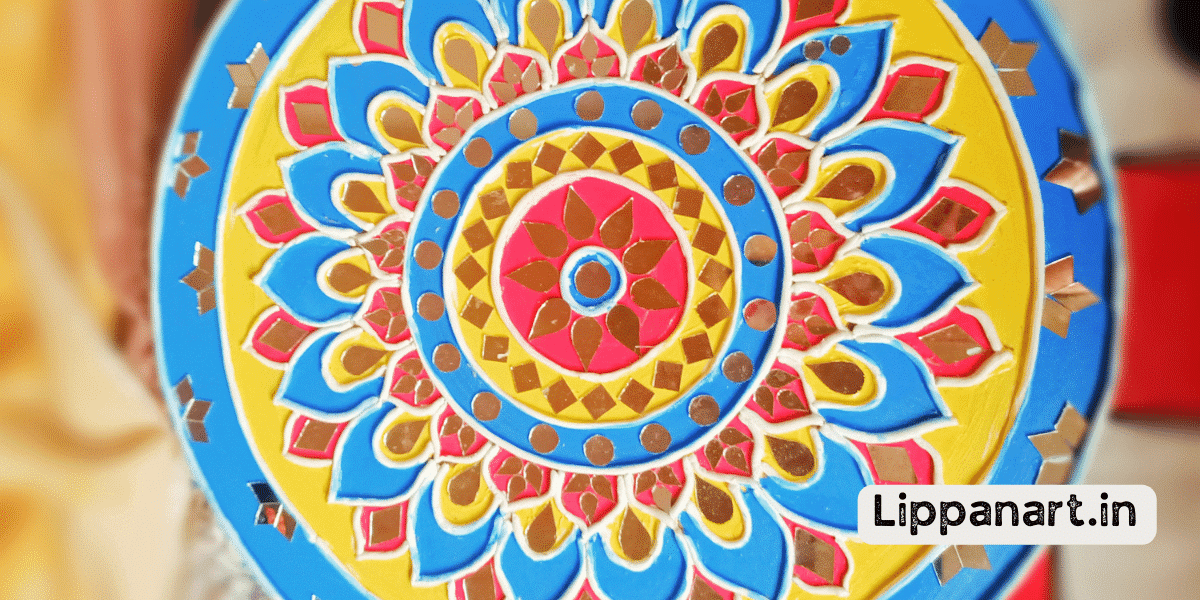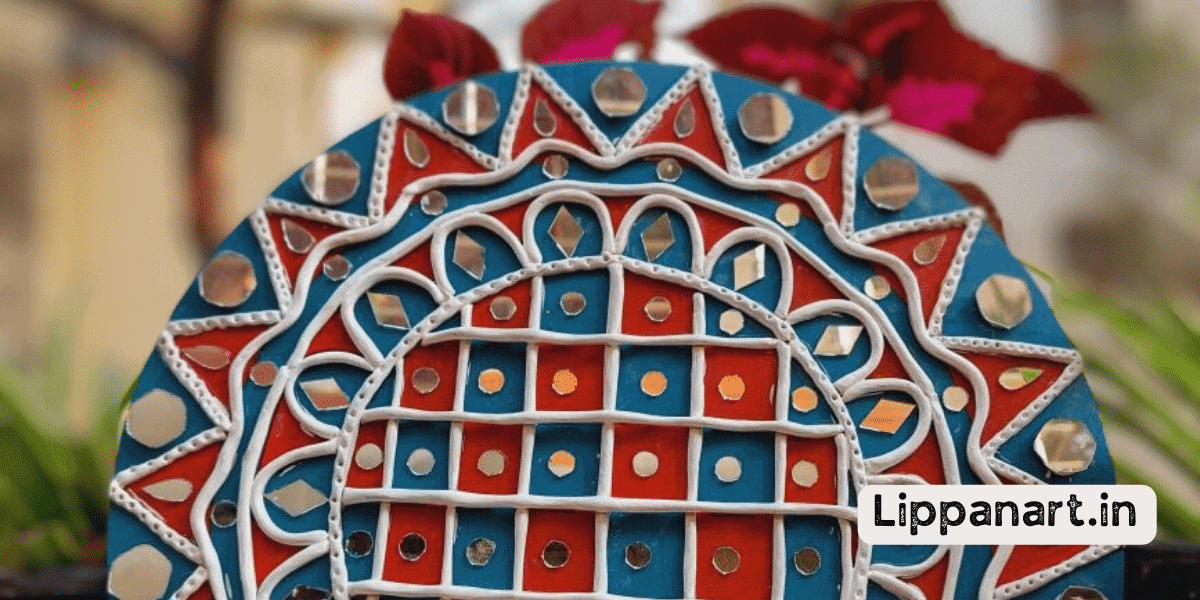Have you ever wondered why art is a big part of our lives? From ancient cave drawings to modern street art, art has profoundly impacted our culture and emotions.
In this article, we’ll explore the importance of art in human life and how it can bring beauty, joy, and comfort to our lives. So, let’s dive deeper into the power of art and its impact on our lives.
Key Takeaways
- Art provides a means to express emotions and deal with feelings that cannot be expressed through words.
- Art can be used for political and social agendas, inspiring people and offering different perspectives.
- Art contributes to creating a human-built environment that can be comforting or tormenting.
- Art is not limited to museums and galleries; it is present in various forms in our daily lives.
Emotional Expression
Your art can be a powerful way to express your emotions. Art allows you to express life experiences and feelings in a creative way that’s unique to you. Art is a medium through which you can convey your deepest emotions and thoughts without relying on words. Art expresses emotions and ideas without words, letting you connect with others on a deep level. Art can portray any emotion — from elation and joy to despair and sorrow. It offers a platform to convey your emotions and experiences in a way that words alone cannot.
The creative process of creating art provides solace and comfort in difficult times. It’s a way to process and work through emotions that may be too difficult to express through language. You can explore difficult emotions and gain insight into your inner world through your artwork.
Art can also be a way to celebrate happy moments and reflect on life’s beauty. You can use art to express gratitude and joy and to capture moments that bring you happiness. Your artwork can also be a tribute to those you love and a way to show appreciation for those in your life.
Overall, art is a valuable tool to express emotions and experiences creatively and meaningfully. It’s a way to process and work through difficult emotions and to celebrate and reflect on the beauty of life. Art allows us to explore and connect with our inner worlds profoundly and meaningfully.
Cultural Heritage
You can use art to preserve and celebrate the cultural heritage of a society. Art can be used to document history and to pass down skills and knowledge from one generation to the next. Museums, photography, and even a simple piece of art can be used to capture and preserve a culture’s past.
Art can also be used to celebrate the traditions and values of a culture. Art can showcase a culture’s unique music, dance, literature, and other expressions. It can also be used to commemorate important events and milestones in a society’s history.
Finally, art can be used to encourage dialogue and understanding between cultures. We can gain insight into their values, beliefs, and perspectives by looking at art from other cultures. Art is a powerful tool for creating meaningful connections between cultures and promoting understanding.
Art is a powerful tool for preserving and celebrating cultural heritage. It can be used to document history, to pass down skills and knowledge, to celebrate traditions and values, and to foster dialogue and understanding between cultures. It’s a valuable asset that should be appreciated and utilized.
Cognitive Development
Art can be used to stimulate cognitive development by encouraging imagination and creativity. Leonardo da Vinci exemplifies how art enhances our understanding. He explored the depths of the human mind and imagination through his inventions and artwork. Art history has also shown us that art can be used to record history, reflect cultural values, and explore complex ideas.
Art has become an integral part of our lives in a contemporary context. It is used in various fields, such as advertising, entertainment, and technology. Art in life can bridge the gap between what we know and what we don’t. It can help us explore our innermost thoughts and feelings and provide a creative outlet for our emotions.
| Benefits | Examples | Impact |
|---|---|---|
| Art Therapy | Leonardo da Vinci | Improved Cognitive Skills |
| Arts Education | Art History | Enhanced Creativity |
| Art in Life | Advertising | Increased Awareness |
Art can also be used to foster cognitive development in children. Through arts education, children can learn to express themselves, think critically, and develop problem-solving skills. Art therapy can help children recognize and explore their feelings in a safe environment.
Art has the power to shape our lives in many ways. It can help us to gain a better understanding of ourselves and the world around us. By engaging with art, we can learn to think in new ways, open our minds to new possibilities, and find new meaning in life.
- Editor’s Choice
- Best Seller
- Amazon Choice
Communication Medium
Art is a powerful communication medium to help you express your thoughts and feelings and connect with others. It comes in many forms, from paintings and sculptures to music and interactive media. Art, in its various forms and artistic styles, can be used to share experiences and emotions and connect people and cultures.
The art movement has been a major influence on the development of human experience. Different art forms can be used to send messages, express feelings, and inspire others. We can share our ideas, beliefs, and values with the world through art. It can be used to spread awareness and to create social change.
The use of art has been an important part of our culture and history. It’s used to express emotions and to communicate ideas. Art can be used to create a connection between people, to inspire, and to create beauty. It’s a powerful tool to bring people together and to create harmony. Here are some of the ways art can be used in communication:
- Paintings, drawings, and sculptures can be used to tell stories and to create imagery.
- Music and sound can be used to express feelings and to convey messages.
- Performance art can be used to engage an audience and to create a unique experience.
Art is a powerful medium that helps us express emotions and connect. It’s a way to share our ideas and beliefs and to create a sense of community.
Therapeutic Value
Incredibly, art has a therapeutic value that can help individuals to cope with difficult times. Art can be a source of comfort and solace in times of stress. It can be a creative outlet, allowing one to express emotions and deal with difficult situations. Art pieces can help individuals better understand their feelings, emotions, and experiences. Art can also be used to find meaning in everyday life.
Art forms are everywhere in our daily lives. They can be found in paintings, sculptures, music, technology, etc. Art pieces can provide an escape from mundane activities and offer an opportunity to explore the creative side of life. Art can also be used to gain insight into one’s own life and experiences and provide a way to connect with others.
The therapeutic value of art is undeniable. Art can help individuals find meaning, cope with difficult situations, and express their emotions. Art pieces can help individuals better understand themselves and their experiences. Art can also be used to explore new perspectives and ideas and inspire and motivate.
Art has the power to bring joy and pleasure into our lives. It can express emotions and offer comfort and solace in difficult times. Art is a powerful tool that can help individuals find meaning in their everyday lives and cope with difficult situations. Art pieces can help us to gain a better understanding of ourselves and our experiences.
Historical Reflection
By reflecting on art from the past, you can gain insight into how it has evolved and impacted human life throughout the ages.
From the ancient caves of Lascaux to the Oxford History of Art, art has been used to express emotions, capture moments, and explore creative expression.
Here are three ways that art has been a source of historical reflection:
- Artistic Expression: Art has been used to express emotions, feelings, and opinions. Ancient cultures used art to document their stories and experiences, while modern art is often used to make political statements. Art can also provide insight into the past by providing a window into the emotions and beliefs of its creators.
- Creative Expression: Art can be used to explore ideas and push boundaries, allowing artists to explore their thoughts and feelings creatively. Exploring new ideas and concepts can be facilitated by developing artistic abilities in mediums such as painting and sculpting.
- Artistic Abilities: Art can be used to develop and refine artistic abilities. Through practice and repetition, artists can hone their skills and create works that reflect their unique style and perspective. This can be seen throughout history with the works of Michelangelo, Da Vinci, and others who’ve left their mark on the world.
Creative Outlet
Through art, you can create a safe outlet to express yourself creatively. Whether through painting, writing, sculpting, or playing a musical instrument, art is a powerful tool to explore your emotions and ideas.
It can be a way to find meaning in life and develop your creative skills. You can use art as a form of meditation, allowing your mind and body to relax. You can also use it to explore your imagination and create something tangible, such as an object or a piece of art.
Art can be used to explore and express your emotions in ways that are difficult to do with words. It can be a form of self-expression and communication, connecting you to your inner self and the world around you.
Art is invaluable for those who want to explore their creative side and find solace in the process. It can help you to nurture your talents and discover new ones. With art, you can become an artist in your own right and explore the depths of your creativity.
Social Connection
Art can help you connect socially and even bring people closer together. Whether it’s through painting, music, or performing, art has the power to bridge the gap between people. Art has been used for centuries to represent human life and its struggles.
Through art, we can explore different cultures, emotions, and stories. Artistic skills enable us to create meaningful connections with others, which can deepen our understanding of ourselves and the world around us. Artistic representation can also serve as a form of activism, inspiring people to take action and start a movement.
Art can be used to bring people together in a variety of ways. Whether through an art gallery, a theatre performance, or a music festival, art can create a sense of unity and belonging. It can also spread awareness and understanding of different cultures and backgrounds.
The 19th and 20th centuries saw many artistic movements, such as expressionism, abstract art, and surrealism. These movements were used to express feelings, emotions, and stories that were difficult to communicate through words.
Art is an important tool in connecting and sharing our experiences. Through art, we can learn more about the human condition, open our minds to different perspectives, and build a more connected world.
Aesthetic Pleasure
You often experience aesthetic pleasure when viewing art. Art serves as an expression of emotions and ideas and has been integral to human life for centuries. From ancient cave paintings and stone works to the 19th and 20th-century artistic movements, art has been used to convey messages and inspire people. In modern times, art has evolved beyond traditional forms and has become a part of everyday life.
Aesthetic pleasure can be found in many art forms, such as painting, sculpture, photography, music, theatre, dance, literature, and interactive media. Art encourages contemplation, allowing the observer to consider the work’s deeper implications and explore their feelings and ideas. The experience of aesthetic pleasure is further heightened by the presence of design elements utilized in art photography, arts in media guidelines, and other art forms.
| 19th Century | Art Photography | Design |
|---|---|---|
| Impressionism | Shallow Depth of Field | Use of Color |
| Expressionism | High Contrast | Geometric Patterns |
| Post-Impressionism | Long Exposure | Balance & Proportion |
Art appreciation can also bring joy and comfort to individuals, allowing them to transcend the limitations of their earthly existence. Art can be a source of solace and help lift one’s spirits in difficult times. Through art, people can connect with their emotions and express themselves in a way that words cannot. Thus, art can be important in maintaining social connections and understanding the world around us.
Aesthetic pleasure is found in appreciating art and its ability to provoke thought and emotion. Art can offer us a different perspective and open our eyes to new possibilities. It is a powerful expression that inspires and challenges us to think in new ways. Art is multi-dimensional and can educate, entertain, and express feelings in ways that words alone cannot.
Educational Tool
By exploring art, you can gain insight and broaden your horizons, figuratively and literally. Art is an educational tool that can help you develop artistic and non-artistic skills. It can be used to develop motor skills, hone creativity, and expand your understanding of different art forms.
Through art, you can also gain a better understanding of the definition of art, as well as the diversity of artistic depictions.
Here are a few ways art can be used as an educational tool:
- Art can be used to introduce young children to different concepts such as shapes, colours, and textures.
- Art can be used to help students understand the world around them by exploring different cultures and histories.
- Art can be used to teach students about composition, perspective, and symbolism.
Learning about art can help you better appreciate the world around you and improve your understanding of different cultures. By exploring art, you can learn to express yourself in new ways and better understand the world. Art can be used to teach you about the importance of creativity and the power of imagination.
Conclusion
Art is a powerful force in our lives, providing us with an emotional outlet, connecting us to our cultural heritage, and aiding cognitive development.
It’s a medium for communication, a source of therapeutic value, a creative outlet, and a source of aesthetic pleasure.
Most importantly, it’s an invaluable educational tool, enabling us to explore new ideas and express our emotions.
With art, we can soar to the heights of our imaginations, capturing the beauty of life in a single brush stroke – a metaphor for life itself.














